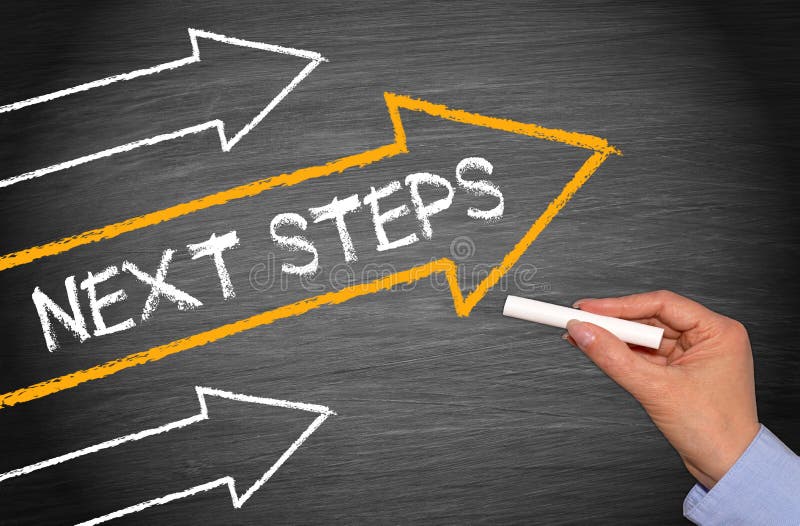
Steps to Purchasing a Home
Purchasing a home is a significant financial decision and a milestone in many people’s lives. It involves a series of steps that, when followed carefully, can make the process smoother and more manageable. Here’s a concise guide on how to go about purchasing a home.
1. Get Pre-Approved for a Mortgage
Before house hunting, getting pre-approved for a mortgage gives you a clear idea of how much you can afford. It involves a lender examining your financial background and credit rating to determine the loan amount they’re willing to offer. Pre-approval also makes you a more appealing buyer to sellers.
2. Determine Your Needs and Wants
List out what you need in a home versus what you want. Essentials might include the number of bedrooms, location, and accessibility, while wants could be things like a pool or a large garden. This list will guide your search and help you prioritize.
3. Find a Real Estate Agent
A good real estate agent can be invaluable, offering insights into the market, helping you navigate listings, and providing advice on making an offer. They’ll represent your interests and negotiate on your behalf.
4. Start House Hunting
With your list of needs and wants and your pre-approval in hand, start looking at homes within your budget. Attend open houses and schedule viewings to get a feel for what’s available in your desired area.
5. Make an Offer
Once you’ve found a home you love, it’s time to make an offer. Your real estate agent will help you determine a fair offer price based on comparable homes in the area and any other market conditions. They’ll also guide you through any negotiations.
6. Schedule a Home Inspection
After your offer is accepted, arrange for a home inspection. This will uncover any issues with the property that could affect its value or safety. Depending on the results, you may need to renegotiate the price or ask the seller to make repairs.
7. Finalize Your Mortgage
With a negotiated and accepted offer, return to your lender to finalize the mortgage details. This will include confirming the loan type, interest rate, and repayment terms. You’ll also need to provide any additional documentation they require.
8. Close the Sale
Closing involves signing a lot of paperwork, paying closing costs, and finalizing your mortgage. Once everything is signed and paid, you’ll receive the keys to your new home.
9. Move In!
The final step is moving into your new home. Plan your move, transfer utilities, and update your address. Congratulations, you’re now a homeowner!
Purchasing a home is a complex process, but breaking it down into manageable steps can help make it less daunting. Take your time, do your research, and don’t hesitate to seek professional advice when needed.
